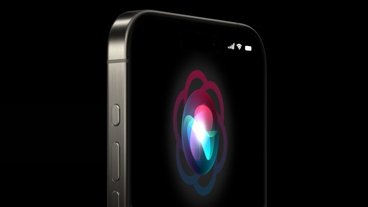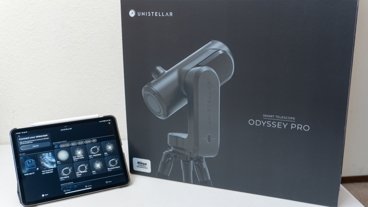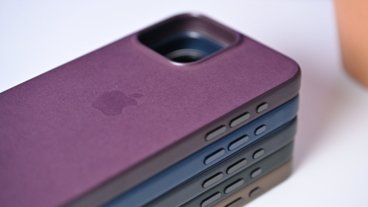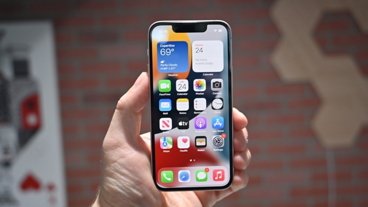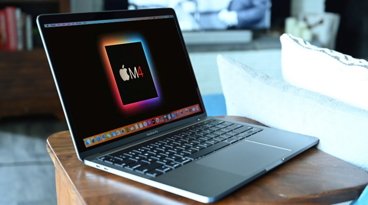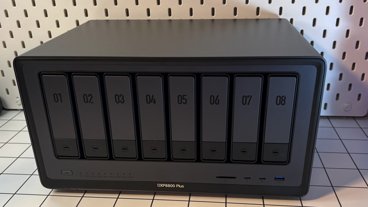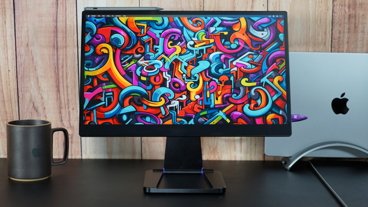Down the rabbit hole: How Apple brought 'Matrix Resurrection' to our pocket
The Matrix may be an alien construction, but to be fair to our new overlords, the new trailer shows that they have kept its technology updated into the iPhone era.
Android and The Matrix fans won't admit it, but it was unquestionably 2007's launch of the iPhone that changed the world. It also appears to have changed other worlds, too, though, as a trailer for "The Matrix Resurrections" reveals its residents ominously glued to their smartphones.
True, not one of them is looking at an iPhone. But that's less because Android is more popular in the Matrix, more because it seems everyone must be a bad guy.
As we now know and can never forget, any character with an iPhone is a good person. In Hollywood's and Apple's vision, at least.
Unless Neo got to see that same interview with Rian Johnson, though, he has no way to know that he's in danger from everyone around him. Except for when he's in an elevator and the sheer number of people studying their phones and tablets manages to be oppressively frightening even in a short trailer.
Alongside everything else "The Matrix" films are about, though, there has always been this issue of humanity and technology. The technology of the original 1999 movie was cutting edge — and still remarkable — but today we can see an impact on society that we couldn't then.
In 1999, Neo used a Nokia 8110, and today that manufacturer is nearly as gone as the phone. If young Keanu Reeves had turned to the best that Apple could offer, he wouldn't have had a phone at all.
Had he been tidier and kept the envelope his Nokia arrived in, though, he could perhaps have slipped a MacBook Air in there — but only if he'd waited 11 years.
As it was, in 1999 he might just about have had a Bondi blue iMac. Neo could've rocked the colorful iBook G3, and it was the machine that really introduced us to Wi-Fi.
Maybe that was the start of the rabbit hole that got us to where we are today. Certainly we are in a different place than we were 22 years ago, and if we're not living in a digitised construct of a world, we are giving it a good go.
In 1999, "The Matrix" used technology to explore truth and reality, fiction and fantasy. In 2021, "The Matrix Resurrections" even gets to our attention through technology we could not have imagined.
The trailer is on YouTube, a streaming video service that at least broadly owes its origins to Apple's QuickTime.
Today's attention and excitement over the new Matrix trailer is vastly more than it could have been in 1999. Back then, other than a 320x200 trailer download for select films through Apple, trailers were in theaters and at best you'd get a few very short ad spots on TV.
Now because of the success of Apple's QuickTime Trailers, every film knows to release its trailer online to maximum impact. It even gets maximum impact because of social media, again something unimaginable before the iPhone.
Then film itself will be in movie theaters and projected digitally, just as it was edited digitally — and if not necessarily on Final Cut Pro, almost certainly on a Mac.
And at the same time as its theater release, the film is also going to be streamed on HBO Max.
In 1999, we were four years away from the iTunes Store, and nowhere near a cinema and home release on the same day. There is simply no red pill that could've shown us then that the familiar Apple Computer company would survive, and launch Apple TV+.
 William Gallagher
William Gallagher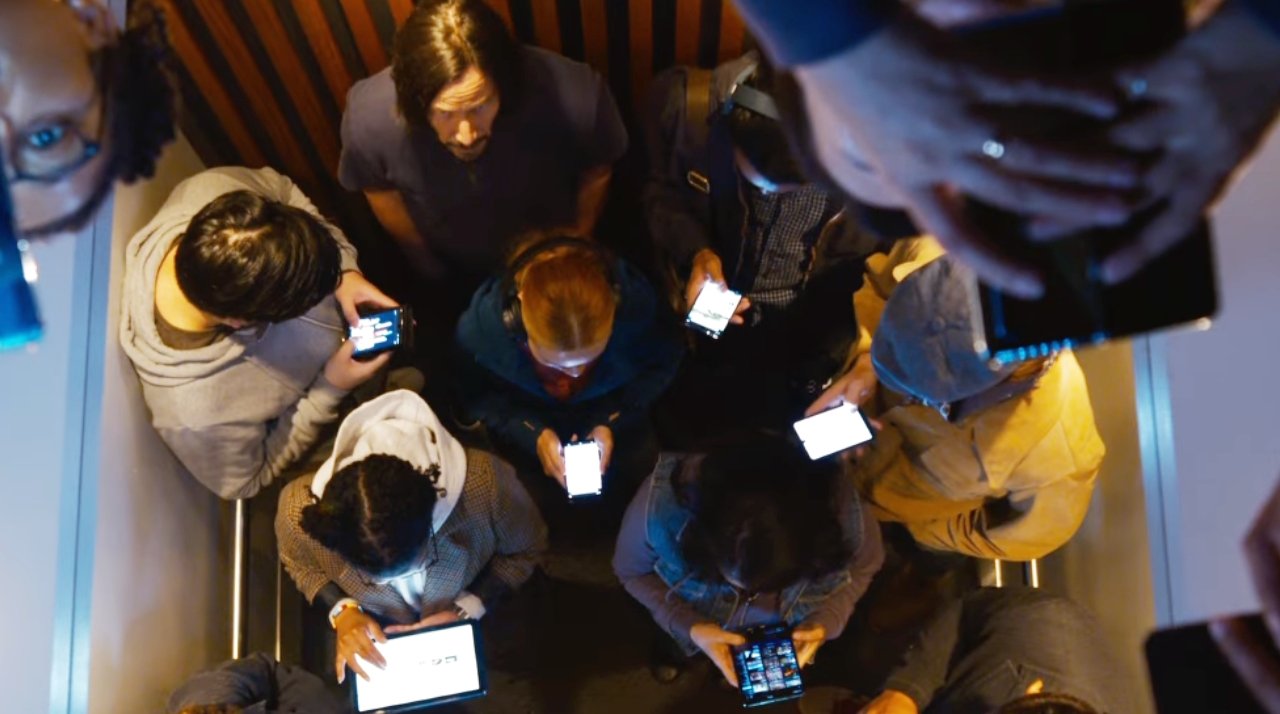
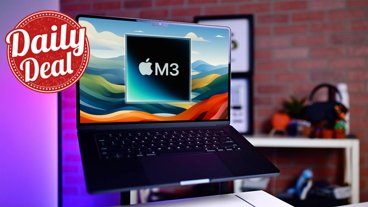
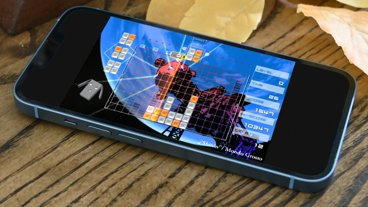
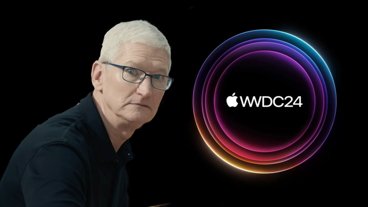
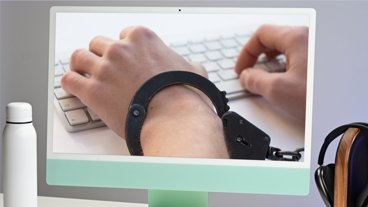

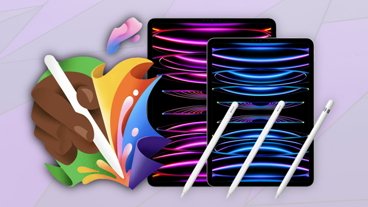
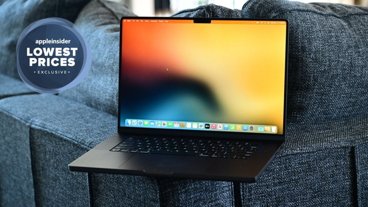
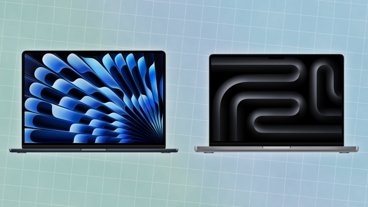
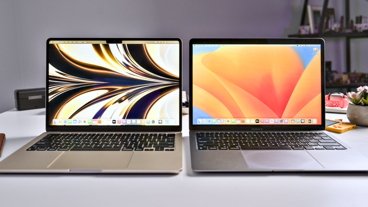
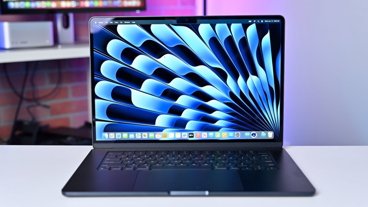
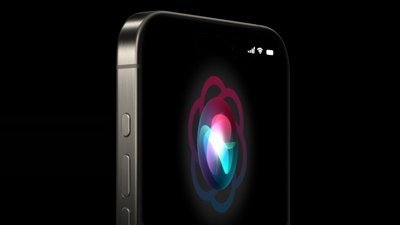
 Mike Wuerthele
Mike Wuerthele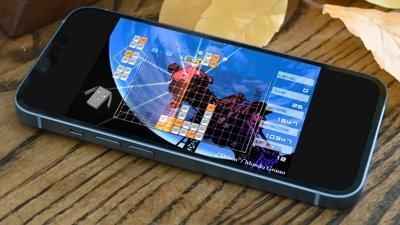
 Malcolm Owen
Malcolm Owen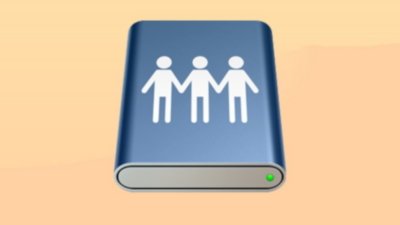
 Chip Loder
Chip Loder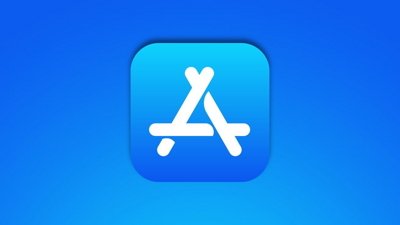
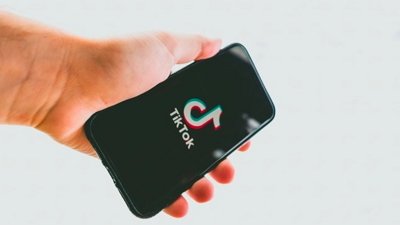
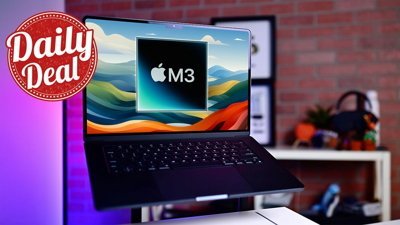
 Christine McKee
Christine McKee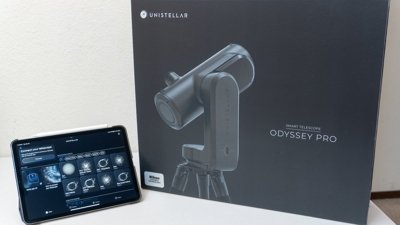
 Michael Stroup
Michael Stroup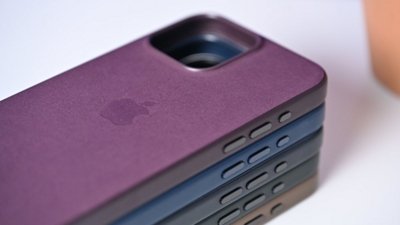
 William Gallagher and Mike Wuerthele
William Gallagher and Mike Wuerthele